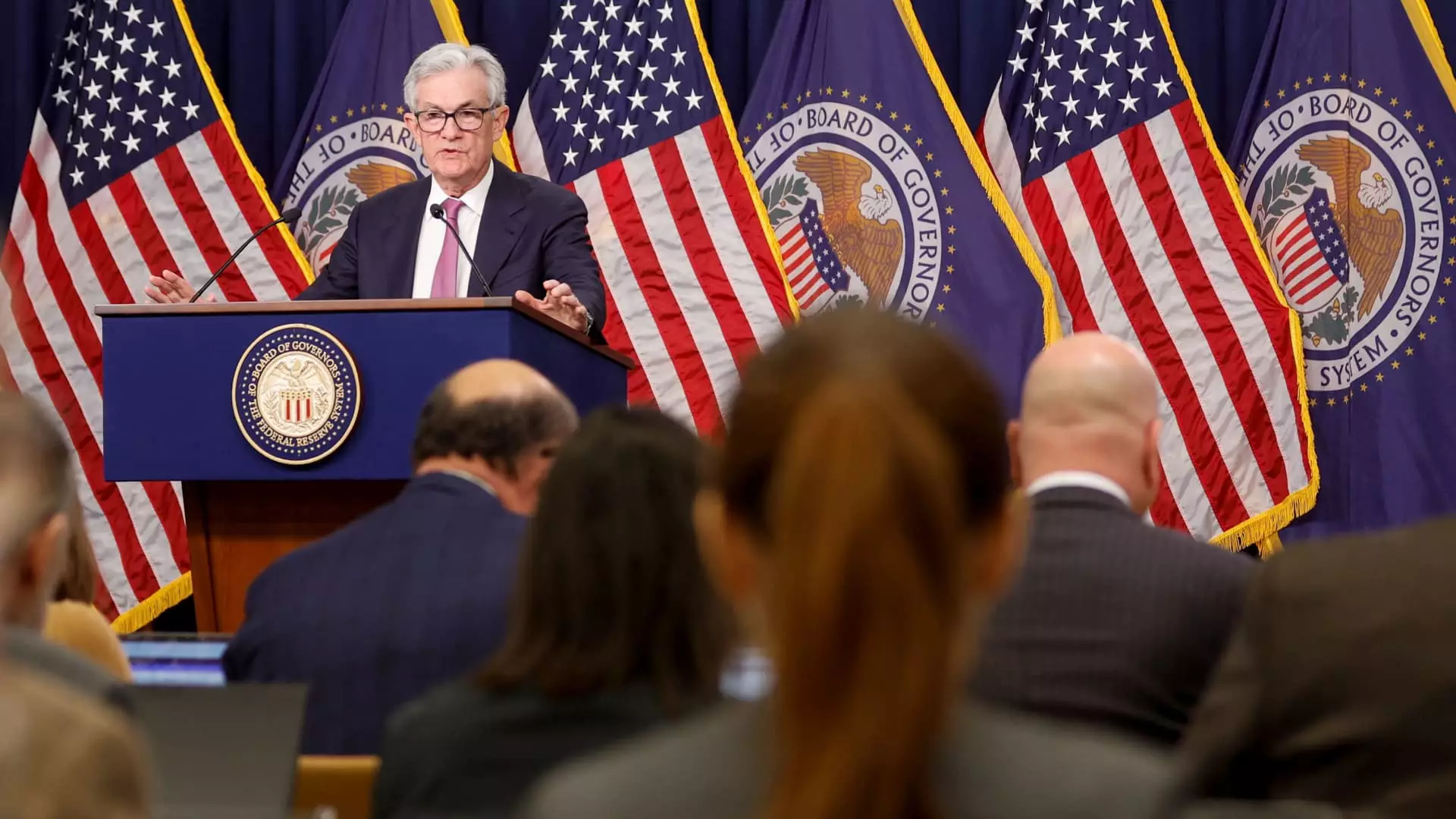In 2024, the Federal Reserve took a significant step by lowering its interest rate target three times, which has sparked hope among many Americans for a potential drop in mortgage rates. However, experts suggest that this anticipated relief may be delayed. Jordan Jackson, a global market strategist at J.P. Morgan Asset Management, expressed skepticism, predicting that mortgage rates are likely to remain stagnant around six and a half to seven percent for the foreseeable future. This perspective signals a challenge for current homeowners and prospective buyers alike who are hoping for a decrease in borrowing costs.
While the Federal Reserve’s decisions certainly play a role in shaping the economic landscape, mortgage rates are more intricately linked to the yields on long-term government debt, specifically the 10-year Treasury note. Recently, there has been an upward trend in these yields, influenced by expectations of more expansive fiscal policies emerging from Washington by 2025. This rising yield reflects investor sentiment and anticipates how government spending may affect economic growth. Furthermore, the mortgage rates themselves are determined not only by Fed actions but also by the behaviors of the mortgage-backed securities market, adding complexity to the borrowing environment.
The Fed’s monetary interventions, particularly during the pandemic, have left a lasting impact on today’s mortgage rates. The purchase of substantial amounts of assets, including mortgage-backed securities, was a tactic known as quantitative easing. This approach was designed to stimulate the economy by making borrowing cheaper, thereby reducing the gap between mortgage rates and Treasury yields. For homeowners seeking to refinance or purchase new homes, the effects of this strategy meant historically low mortgage rates in 2021. Yet as Matthew Graham, COO of Mortgage News Daily, notes, the aggressive stance taken by the Fed during that time may not have been entirely prudent considering the long-term consequences.
In response to shifting economic conditions, the Federal Reserve began a process of quantitative tightening in 2022, which involves decreasing its asset holdings by allowing them to mature without reinvesting. This action causes a tightening of the market, likely exerting upward pressure on the spread between mortgage rates and Treasury yields. George Calhoun, director of the Hanlon Financial Systems Center at Stevens Institute of Technology, suggests that this transition may further complicate the outlook for mortgage rates, which appear to be moving in a direction contrary to the expectations set by Federal Reserve strategies.
As the Federal Reserve navigates its monetary policy amidst evolving economic indicators, the outlook for mortgage rates remains uncertain. Although there is hope for lower rates following interest rate cuts, the intertwining factors of government borrowing, macroeconomic policy, and the lingering ramifications of past quantitative easing tactics create a challenging landscape. Homebuyers and homeowners alike will need to carefully consider these dynamics as they plan their financial futures, recognizing that the path to affordable borrowing may not be as straightforward as anticipated.

